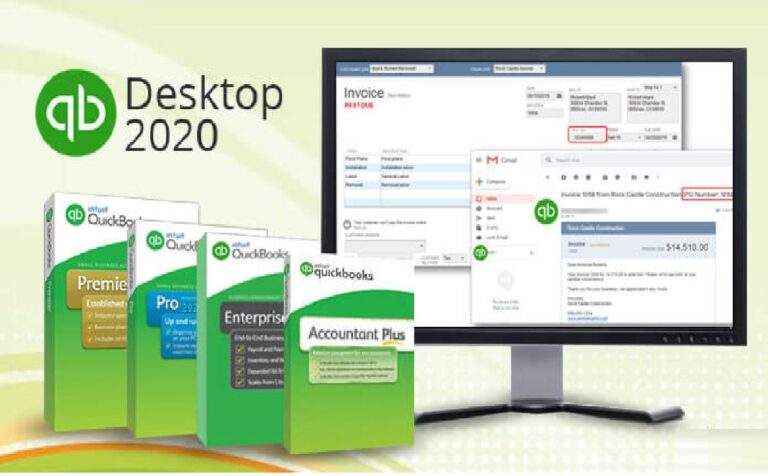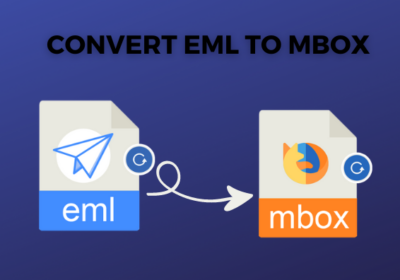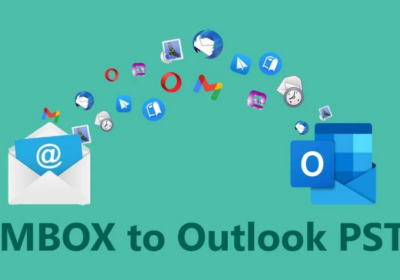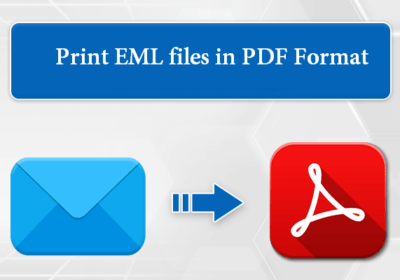
Uses and Advantages Of Network Provisioning Tools
Provisioning is an essential component when it comes to the telecommunications industry. Network provisioning tools are important in telecommunication companies because it helps them to provide customer services with regards to varied network factors. The concept of network provisioning is often mentioned as service mediation. It needs the utilization of networking equipment because it depends on the designing and planning of the network.
In a modern signal infrastructure, deploying information technology across varying levels of workflows would be difficult. Since there’s a distinction between the telecommunications services and higher-level infrastructure, provisioning tools are important due to its ability to configure the specific systems. This provides the users an access to technological resources and data while including other management areas for enterprise-level data.
What is the use of network provisioning tools?
Network provisioning is a type of “provisioning” functionality. The tools within a network provisioning network target customer relationship management (CRM). The network provisioning tools place systems on CRMs to build a network environment in the workflows and pipelines. This permits the service to function and enables the customer to use the service.
A service that has been configured within the CRM means the network elements aren’t in an immediate one-to-one relationship. An example is when more than one network element can employ the Microsoft Media Server. During the provisioning process, the device for the service mediation will translate the service to the service parameters included within the network elements. The interpretation process is referred to as provisioning logic. Provisioning logic is the algorithm deployed to translate the system service to network services.
Network Provisioning Can Detect A Billing Error In The System
The electronic invoice is going to be sent from the carriers which will be downloaded to the telecommunication’s expense management or TEM software. Once the invoice is downloaded into the core, it’ll audit the line of processes going to the User Support and Operations Center or USOC level. The provisioning software will be ready to record the circuit number which was provided by the carriers. If there are bills included that are outside the contracted rate, an exception rule will trigger the network sending a red flag which will alert the pre-defined system about the error. The employee or staff who work on the billing tasks can review the error.
Advantages of Having Automatic Network Provisioning
Deploying manual network provisioning into their systems would mean that a company’s network has a slower pipeline and workflow in comparison to an automated version. A manual system would mean that the team is using spreadsheet-based provisioning. This type of workflow cannot compete with the updated and most recent network provisioning solutions within the industry today. Automation means the processes are faster and smoother.
Having an automatic network provisioning would scale back the complexity of the network systems while integrating the entire provisioning process. The method would come with the DNS and DHCP configuration, also because of the IP address assignment. With automated network provisioning, each of the steps is automatically administered. Updated services are enabled while other devices are often attached or detached to an automatic network provisioning. This allows policies to be defined and placed with a group of parameters wherein the system carries out the tasks.
Some of the advantages include:
- Reduced operational costs without sacrificing the quality of service. Rise in productivity by using the automated provisioning on labor-intensive workflow.
- Fast delivery of services from the activation to towards the other workflow. The manual activation process is replaced by a much better-integrated workflow which will quickly give on-demand network resources to customers.
- Reliable and continuous service as automation decreases the error rates of the system due to the deployment of repeatable processes.
- The system is well-tracked and an entire audit of any provisioning updates is recorded. This allows for the changes to be monitored. The auditing and tracking would allow the system to be in line with the regulators and the government’s requirements.
- Utilizing an automated network provisioning software will accelerate the service releases and a considerable reduction of costs benefits the company.
- The company will see profitable growth brought by the reduction of the prices, leading to decreased revenue loss. This enables service providers to possess high-margin services backed by top-notch offerings.
Companies like ETI Software provide network provisioning tools for telecommunication, cable companies, and OTT service providers. Companies got to make sure the deployment of all-fiber networks must work properly. Service providers must utilize tools from a reliable software provider to completely cash in of the advantages of an automated network provisioning. The automated provisioning, additionally called self-administration provisioning, is the capacity to send a data innovation or broadcast communications administration by utilizing pre-defined techniques that are done electronically without requiring human intercession.
















